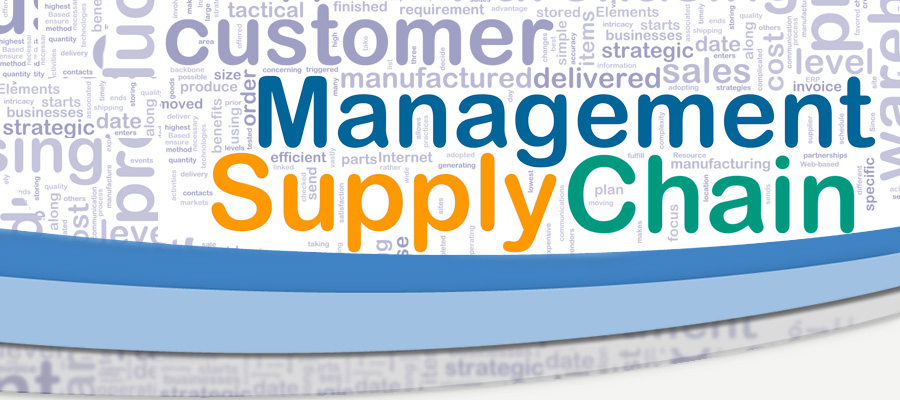
Photo by Luca Florio on Unsplash
- Tech Workers Consider Escaping Silicon Valley’s Sky-High Rents
Christy Lake, chief people officer at San Francisco-based Twilio Inc., says several employees have already approached their managers and HR representatives to discuss plans to relocate. The cloud communications company expects more than 20% of its office-based employees will transition to working remotely in the long term. “It’s percolating big-time,” Lake says. She expects the company will have to come up with formal policies and maybe offer a relocation bonus to employees who decide to make the jump.
But the trend raises complicated questions. If employees move to a less expensive location, should Twilio adjust their salaries accordingly? “It’s probably not great business practice to pay Bay Area comps in Michigan,” Lake says. And when it comes time to promote, would those employees have the same opportunity to advance as everybody else? “We need to think proactively,” she says.
- Why beef is the worst food for the climate
My family’s trade is butchering and I have been paying attention to the meat global supply chain (it is weird when my job in supply chain and butchering connects in some way, but I always jump at the chance to make the connections). With the meat shortages, there is talk that the beef trade shouldn’t come back in the same way. - Hiring and Firing: How to Know When You Need to Let Someone Go
There are two different spectrums on which people can perform their jobs — willing and able.
When someone is able to do their job, it means they have the necessary skills, competence and expertise to perform their responsibilities.
When someone is willing to do their job, it means that they are aligned with the company’s mission and values, and are enthusiastic about their role.
People will fall into one of the following four categories, and if you can pinpoint where they are, you can figure out whether to let them go or give them the opportunity to improve.
If an employee doesn’t have the skills to do the job well and they aren’t willing to get better, it’s time to let them go.



